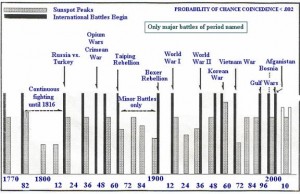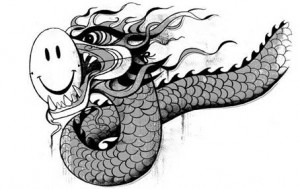While Cambodia is notorious for its current prestige of success by just comparing to the horrible KR regime, another corner of Cambodian life is living in the dump near the prestigious Angkor Wat monument. Peace without justice is a fake peace. Peace without social equality is a murderous one…Sophoan
By Amy SimmonsUpdated November 11, 2011 19:12:39
Just 30 kilometres from Cambodia’s world famous Angkor temples is an astounding sight tourists don’t see.
Tucked away from foreign eyes on the outskirts of Siem Reap is a community of about 500 people who live – or survive – in a rubbish dump.
Spanish photojournalist Omar Havana spent seven months from October 2010 to April 2011 getting to know the people at the dump and documenting their lives.
He says what he saw was was “from another world”, but that the people are happy.
Here Havana shares his photos and stories with ABC News Online.
One day in Cambodia a boy told me he had been living for many years in the rubbish dumps. I tried hard to get permission to visit them but I didn’t, so I made the decision to go without permission. What I saw there was from another world.
In total there are about 500 people working there, most of whom also live, sleep, eat and drink there. After working for several months in the dumps I even saw a child birth.
With 34 per cent of the total population living on less than $1 a day, those in the dumps, at least they can find food and shelter. They earn about 35 cents per day for 14 hours’ work.





